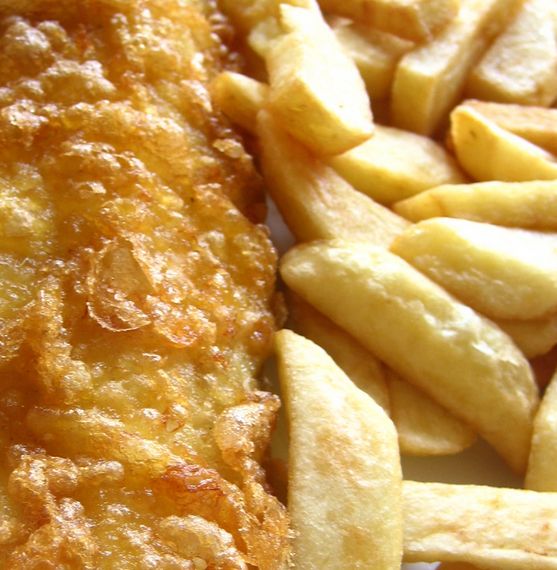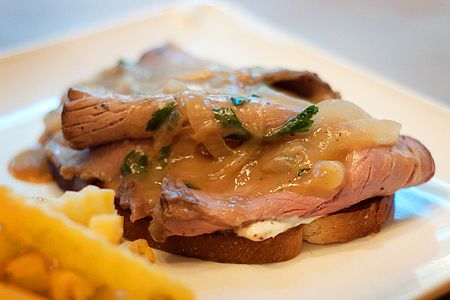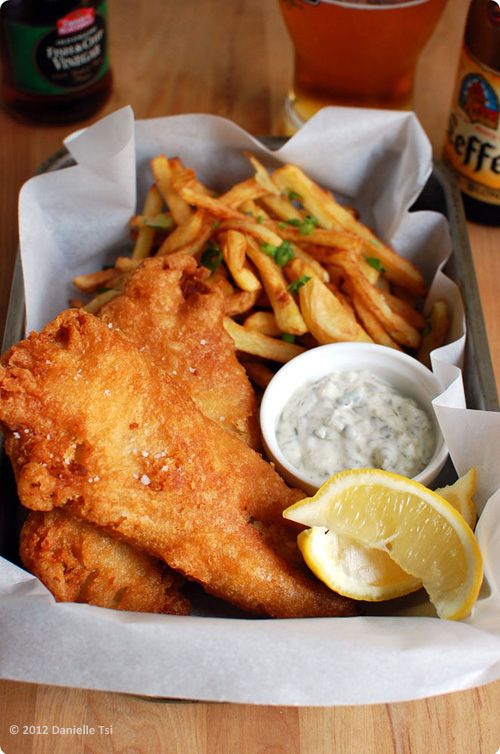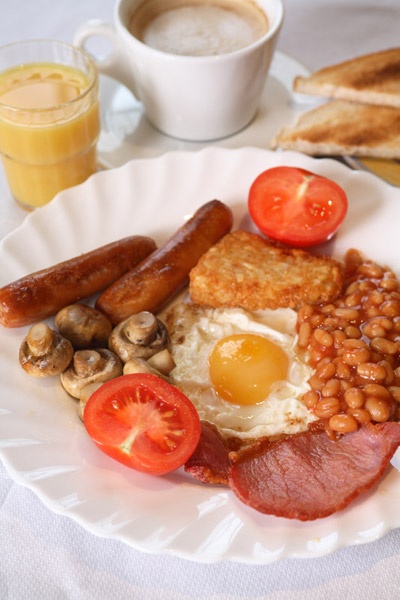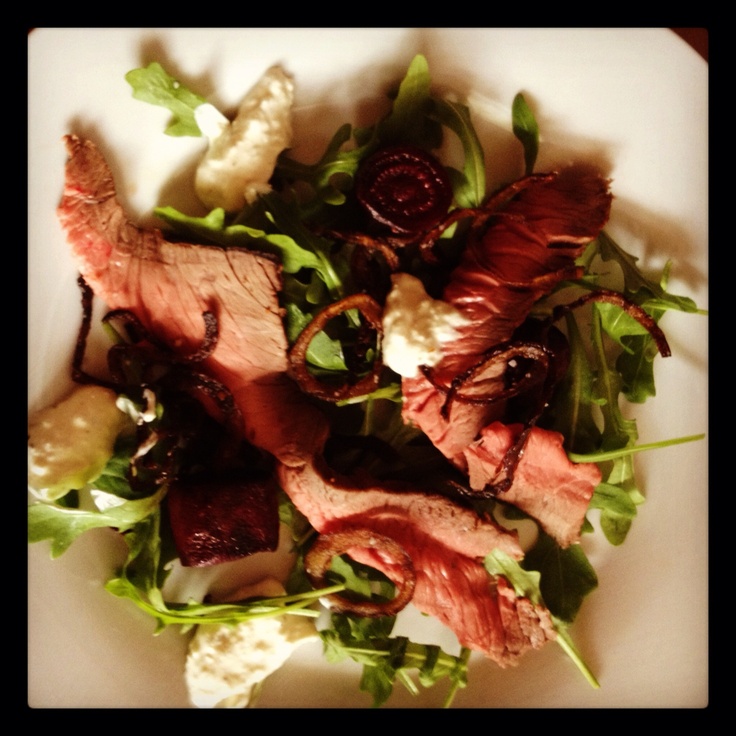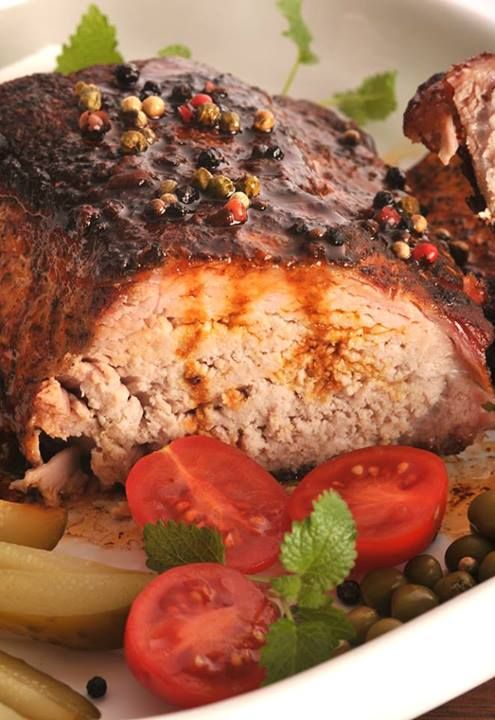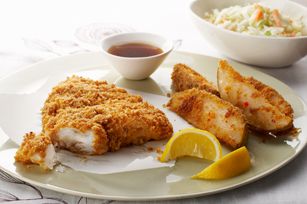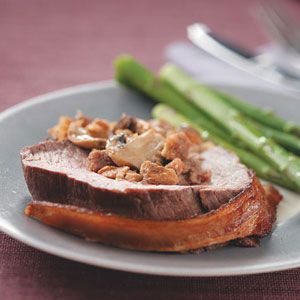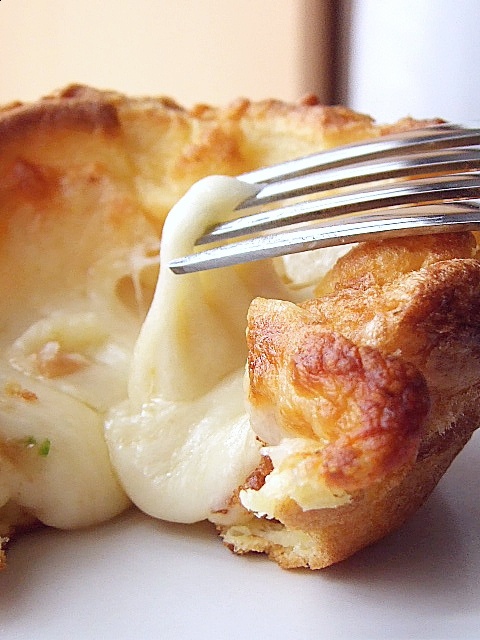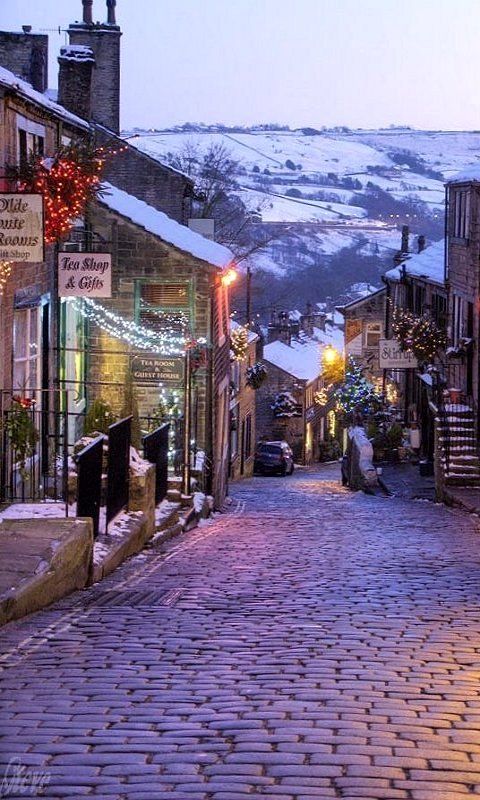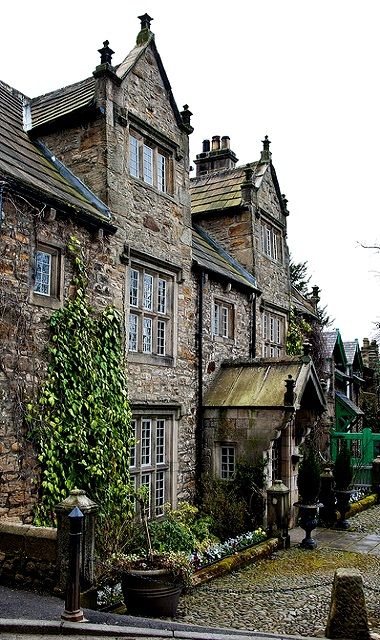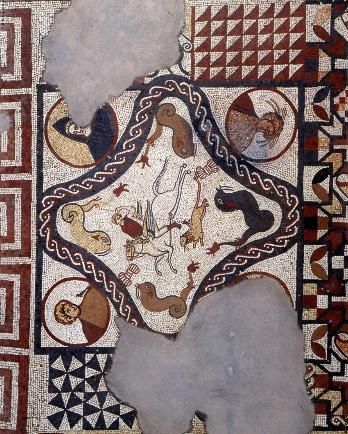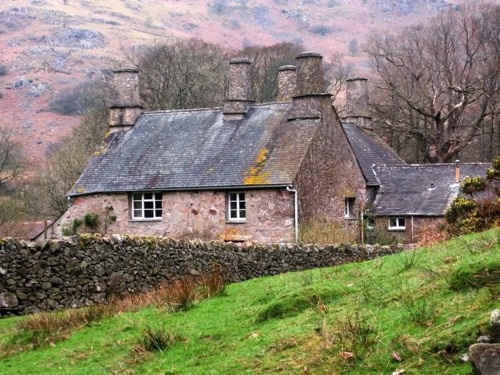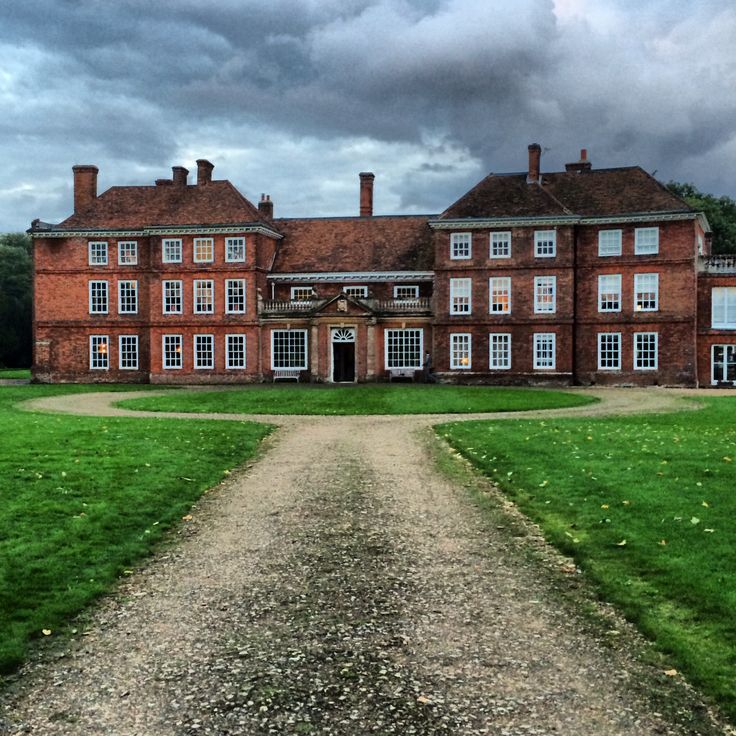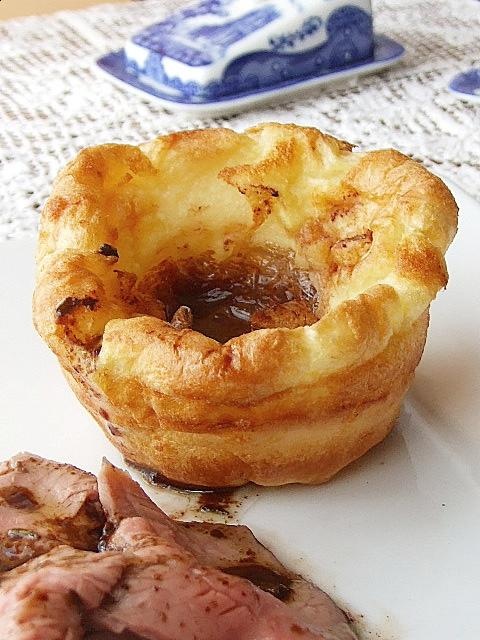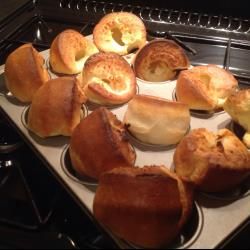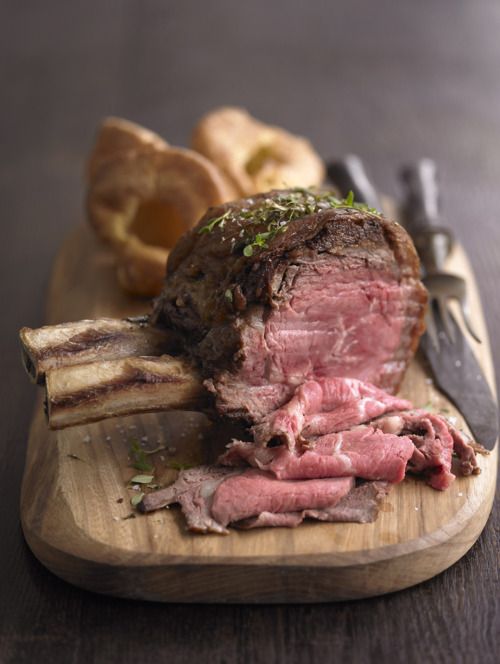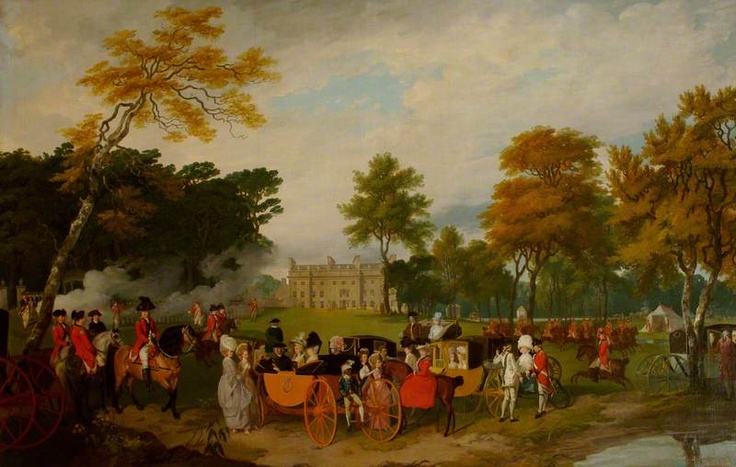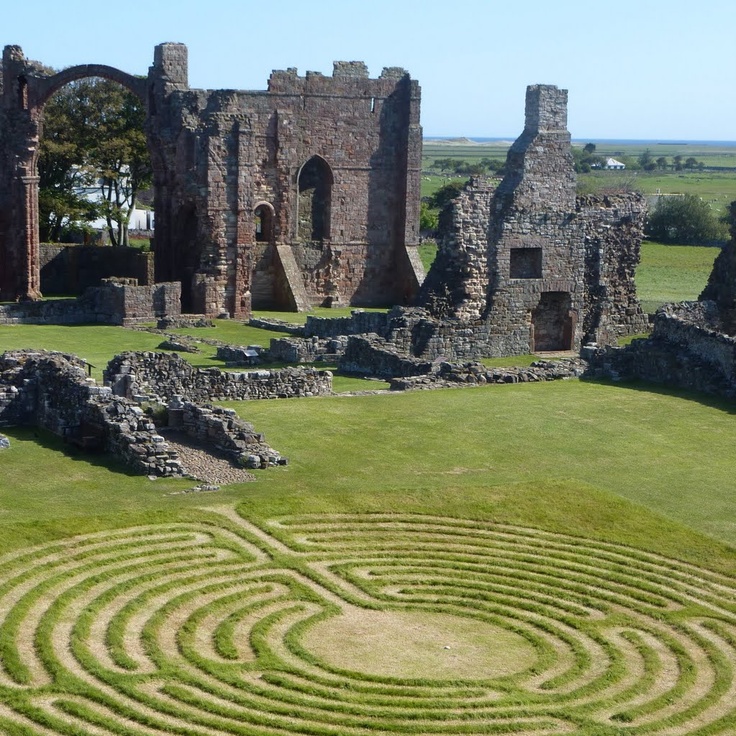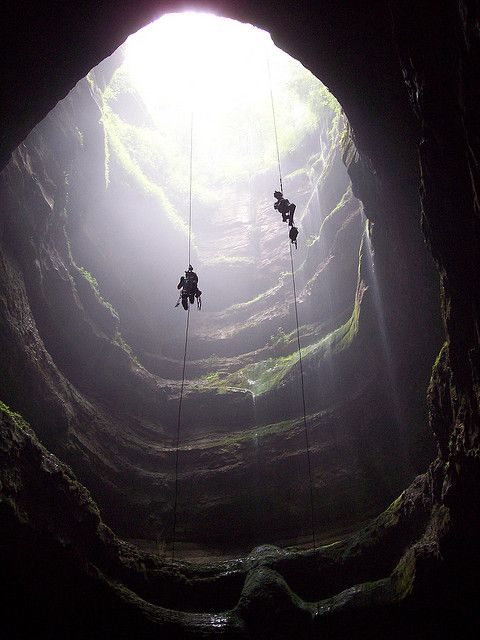TRADUCCIÓN DE LA PALABRA O FRASE Nº 178:
‘ENLOQUECER’ verbo
1 (volver loco) TO DRIVE CRAZY; este ruido me está enloqueciendo, this noise is driving me crazy
2 (volverse loco) TO GO CRAZY; todas las chicas enloquecieron,all the girls went crazy
3 (gustar mucho) TO BE CRAZY ABOUT; le enloquecen los juegos de ordenador,
he’s crazy about computer games.
Gastronomía
Desde la Edad Moderna la comida de Inglaterra se ha caracterizado por su sencillez de enfoque, la honestidad de sabor y una confianza en la alta calidad de los recursos naturales que se producen. Durante la Edad Media y a través de la época del Renacimiento, la cocina inglesa disfrutó de una excelente reputación, aunque tuvo un declive durante la Revolución Industrial con el paso de la urbanización de tierras y el aumento de la población. Los franceses a veces se refieren a las personas en inglés como los ‘Roastbeefs’, un estereotipo para sugerir la cocina sofisticada y cruda de Inglaterra. Sin embargo, ha sido objeto recientemente de un renacimiento, que ha sido reconocida por los críticos gastronómicos con buenas puntuaciones en el mejor restaurante del mundo. Ejemplos tradicionales de comida inglesa incluyen: Sunday Roast un conjunto elaborado, generalmente, de carne de vaca, cordero o pollo, servidos con una variedad de verduras cocidas; el Yorkshire Pudding y Gravy.
Otras comidas destacadas son el Fish&Chips y el English Breakfast, que consiste en tocino, tomate asado, pan negro frito con leche, alubias al horno, champiñones fritos, salchichas y huevos. También se suele consumir pasteles de carne como de vaca, riñón, pastel del pastor, pastel de requesón, pastel de Cornualles y el pastel de cerdo, el último de los cuales se consume frío. El estofado de Lancashire es un guiso conocido. Algunos de los quesos más populares son el Cheddar y Wensleydale. Muchos platos híbrido anglo-india incluyen curry; de estos se han creado el Pollo Tikka Masala y Balti. Los dulces ingleses incluyen: pastel de manzana, tartas de carne picada, Spotted Dick, bollos, pasteles Eccles, natillas y pudín de caramelo. Las bebidas más comunes son el té, traído de la India desde la época que los Británicos invadieron el país; por último, las bebidas alcohólicas consumidas son los vinos y cervezas inglesas (amarga, negra, fuerte y leve).
Artes
Los primeros ejemplos conocidos son las rocas prehistóricas y piezas de arte rupestre. El más destacado en el norte de Yorkshire, Northumberland y Cumbria, sino también otra característica al sur, por ejemplo, en Creswell Crags. Con la llegada de la cultura romana en el siglo I, varias de las formas de arte que utilizan estatuas, bustos, vidrio y mosaicos eran la norma. Hay numeroso artefactos, como las Lullingstone y Aldborough.
Durante la Alta Edad Media, el estilo fue esculpida cruces y marfiles, manuscritos pintura, oro y esmalte joyas, lo que demuestra el amor a la compleja, entrelazada diseños como en el tesoro descubierto en Staffordshire 2009. Algunos de estos estilos mezclados gaélico y Anglian, tales como los Evangelios de Lindisfarne y el Salterio Vespasiano. Más tarde, el arte gótico era popular en Winchester y Canterbury, ejemplos sobrevivir como Benedictional de San Æthelwold y Salterio Luttrell. La era Tudor vio artistas prominentes como parte de su tribunal, retrato pintura que seguiría siendo un duradero parte del estado de Inglés, se ha visto impulsada por el alemán Hans Holbein, nativos tales como Nicholas Hilliard construido sobre esto. Bajo los Estuardo, los artistas Continental fueron influyentes especialmente los flamencos, los ejemplos de la época de inclusión / Anthony van Dyck, Peter Lely, Godfrey Kneller y William Dobson.El siglo 18 fue una época de importancia con la fundación de la Real Academia, un clasicismo basado en el Alto Renacimiento prevaleció:Thomas Gainsborough y Joshua Reynolds y se convirtieron en los dos Artistas más preciados de Inglaterra. La Escuela de Norwich continúa la tradición paisajística, mientras que la Hermandad Prerrafaelita con sus vivos y estilo detallada revivió el renacimiento de estilo Holman Hunt, Dante Gabriel Rossetti y John Everett Millais se destacan.Durante el siglo XX, Henry Moore, fue considerado como la voz de la británica de la escultura y de la modernidad británica en general. Los pintores contemporáneos incluyen Lucian Freud, cuyo trabajo: Benefits Supervisor Sleeping en 2008 estableció un récord mundial para el valor de venta de una pintura de un artista vivo.
Fuente: http://es.wikipedia.org
****************EN INGLÉS***************
Drink
From the Modern Age the food of England has been characterized by its simplicity of approach, honesty of flavor, and a reliance on the high quality of natural resources produced. During the Middle Ages and through the Renaissance period, English cuisine enjoyed an excellent reputation, though a decline was during the Industrial Revolution with the pace of land development and population growth. The French sometimes referred to English people as ‘Roastbeefs’, a stereotype to suggest sophisticated and raw cuisine of England. However, it has recently undergone a revival, which has been recognized by the food critics with good scores in the best restaurant in the world. Traditional examples of English food include: Sunday Roast an elaborate set, usually beef, lamb or chicken, served with assorted boiled vegetables; Yorkshire Pudding and Gravy.
Other prominent meals include Fish & Chips and Inglés Breakfast, consisting of bacon, grilled tomatoes, fried bread, black pudding, baked beans, fried mushrooms, sausages and eggs. It is also often consumed as meat pies cow kidney, shepherd’s pie, ricotta pie, Cornish pasty and pork pie, the last of which is consumed cold. Lancashire hotpot is a well known stew. Some of the most popular cheeses are Cheddar and Wensleydale. Many Anglo-Indian hybrid dishes include curry; of these have created the Chicken Tikka Masala and Balti. Sweet English include apple pie, mince pies, spotted dick, scones, Eccles cakes, custard and caramel pudding. Common drinks include tea, brought from India since the time the British invaded the country; Finally, alcoholic beverages are wine and beer English (bitter, black, strong and mild).
Arts
The earliest known examples are the prehistoric rock and cave art pieces. The most prominent in North Yorkshire, Northumberland and Cumbria, but also feature other south, for example at Creswell Crags. With the arrival of Roman culture in the first century, various forms of art utilizing statues, busts, glass and mosaics were the norm. There are numerous artifacts such as Lullingstone and Aldborough. During the High Middle Ages the style was sculpted crosses and ivories, manuscript painting, gold and enamel jewelery, demonstrating a love of complex, interwoven designs such as in the treasure found in Staffordshire 2009. Some of these styles mixed Gaelic and Anglian , tales como los Evangelios de Lindisfarne y el Salterio Vespasiano.
Later Gothic art was popular at Winchester and Canterbury, examples survive as Benedictional St. Æthelwold and Luttrell Psalter. The Tudor era saw prominent artists as part of their court, portrait painting which would remain an enduring part of the state of English, was boosted by German Hans Holbein, natives such as Nicholas Hilliard built on this.Under the Stuarts, Continental artists were influential especially the Flemish, examples from the time of inclusion / Anthony van Dyck, Peter Lely, Godfrey Kneller and William Dobson.El 18th century was a time of significance with the founding of the Royal Academy, a classicism based on the High Renaissance prevailed: Thomas Gainsborough and Joshua Reynolds became two of England’s treasured artists. The Norwich School continued the landscape tradition, while the Pre-Raphaelite Brotherhood with their vivid and detailed style revived the Renaissance style Holman Hunt, Dante Gabriel Rossetti and John Everett Millais the twentieth century, Henry Moore destacan.Durante, was considered the voice of British sculpture, and of British modernism in general. Contemporary painters include Lucian Freud, whose work: Benefits Supervisor Sleeping in 2008 set a world record for sale value of a painting by a living artist.
